Exhibition Alert: Photographs by Hill & Adamson

There is a new exhibition opening at the Scottish National Portrait Gallery on the 27th of May that we are very excited about. We’re particularly thrilled because we have a special connection to the two stars of the exhibition: David Octavius Hill & Robert Adamson. This connection is that Dickins rents out the house this productive duo used to create their photographs in way back in 1843-47. This incredible ochre-coloured house on Calton Hill is called Rock House and you can stay there!
We asked the National Galleries a few questions about the exhibition and we received some very interesting answers.
1. We’re excited about your exhibition A Perfect Chemistry | Photographs by Hill and Adamson. What do you think was the perfect chemistry between Hill and Adamson?
The “perfect chemistry” refers to the chemical aspect of photography: in those days it was an in-depth scientific process that involved elements like silver nitrate, potassium iodide, and gallic and acetic acids to make paper light sensitive – and eventually negatives.
But the perfect chemistry is of course between Hill and Adamson – their short-lived yet highly prolific artistic partnership is a testament to how well the two men worked together to produce a large amount of high quality works. They were friends as well as colleagues, and even lived together at Rock House. Hill moved there with his family less than a year after meeting Adamson. The success of their partnership certainly relied on professional alchemy as well as personal affinity.
2. What part did Rock House play in this perfect chemistry?
The two men lived and worked in Rock House. Adamson originally set up his studio there when he first moved to Edinburgh in May/June 1840, and was later joined by Hill who moved his family to the house.
The spacious garden terrace provided them with an outdoor space where they could use sunlight and transform into an interior space with the use of props and curtains for the background. The garden was open and secluded, and the house is enough to the city centre that sitters could easily visit to have their portrait taken. In short, Rock House was the ideal location for a photographic studio.
And with Edinburgh being a vibrant centre for the artistic and scientific community in the 1840s, many influential figures of the day would call in: for instance Isabella Burns Begg, the sister of poet Robert Burns, and the inventor of chloroform James Young Simpson.
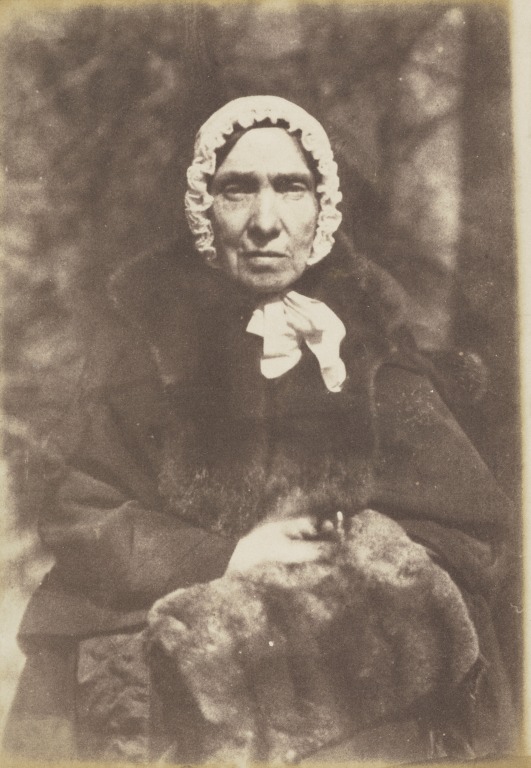
[David Octavius Hill and Robert Adamson, Isabella Burns, Mrs John Begg, 1771 – 1858. Youngest sister of Robert Burns, 1843-1846. National Galleries of Scotland
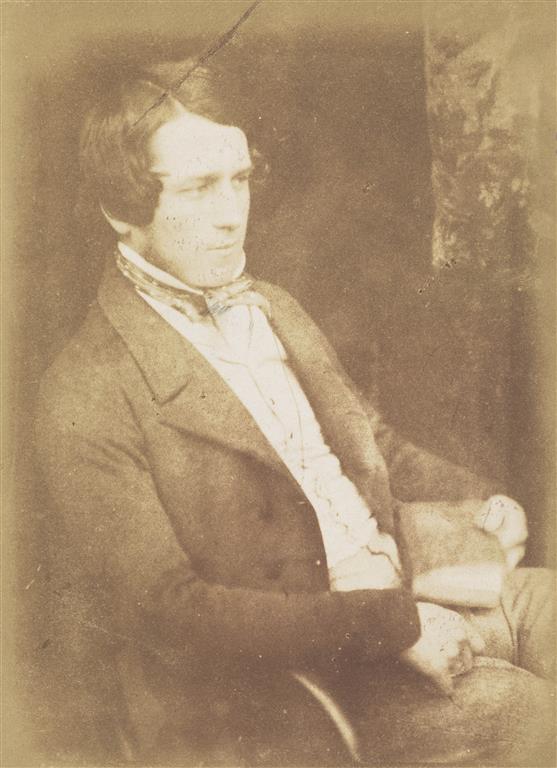
David Octavius Hill and Robert Adamson, Sir James Young Simpson, 1811 – 1870. Discoverer of chloroform, 1843 – 1847. National Galleries of Scotland]
Following Adamson’s death Hill continued to live at Rock House until 1869, after which the house was used by more photographers both as a home and studio – including Thomas Annan and later Archibald Burns.
3. What are Hill and Adamson’s legacy to the world of photography?
A selection of the duo’s Newhaven photographs was shown at the Great Exhibition at the Crystal Palace in London in 1851 and is an early indication of the importance of the partnership to the history of photography.
[Newhaven images:
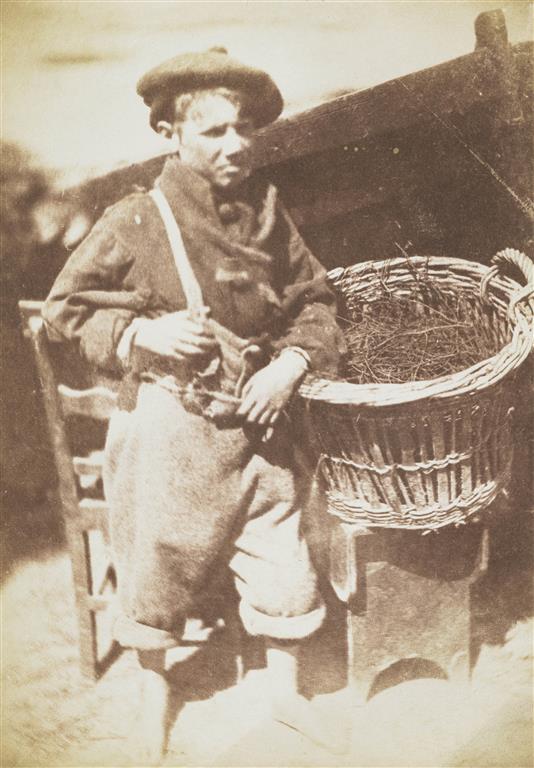
David Octavius Hill and Robert Adamson, Newhaven boy (‘King Fisher’ or ‘His Faither’s Breeks’), 1843 – 1847. National Galleries of Scotland
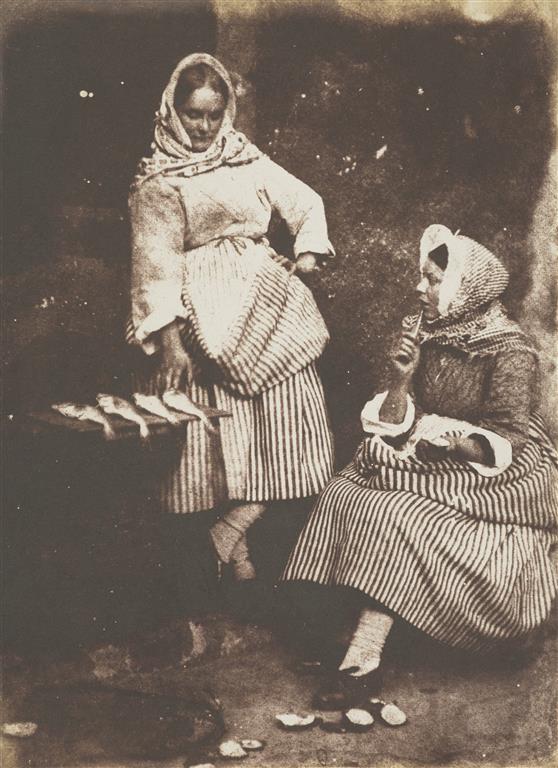
David Octavius Hill and Robert Adamson, Jeanie Wilson and Annie Linton, 1843-1847. National Galleries of Scotland
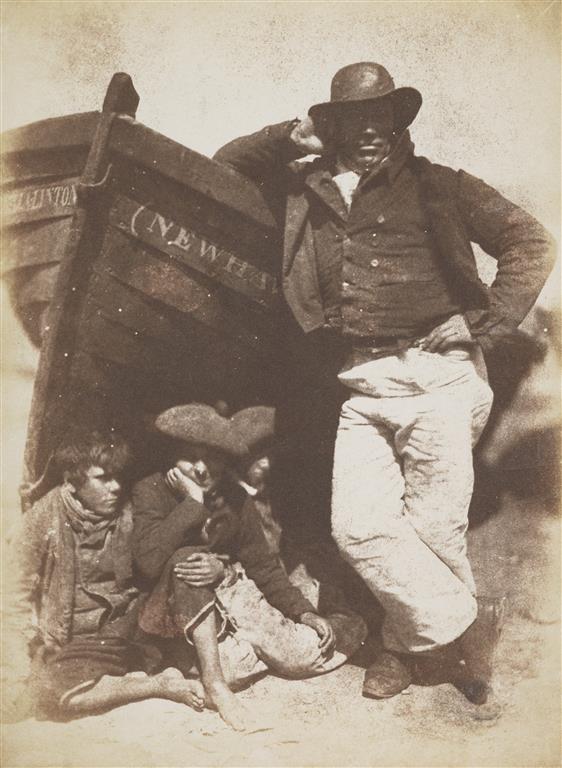
David Octavius Hill and Robert Adamson, Sandy (or James) Linton, his boat and bairns, c.June 1845. National Galleries of Scotland]
Thomas Annan had been engaged by Hill to photograph the completed Disruption painting ensuring that the painting that began with photographs also ended with them. Annan later came into possession of many of Hill and Adamson’s negatives. His son, James Craig Annan, would play a crucial role in cementing, even enhancing, Hill and Adamson’s international reputation.
In the early years of the twentieth century Thomas Annan, already a prominent photographer in his own right and who had briefly worked with Hill following Adamson’s death, made a series of beautiful photogravures from the duo’s calotype negatives. Their publication in Alfred Steiglitz’s influential journal Camera Work brought the partnership’s work to a new international audience and served to reinforce their place in the history of photography. It also brought their work to the attention of Steiglitz protégé, the celebrated American photographer Paul Strand, one of many photographers who have been profoundly influenced by the remarkable work produced by Hill and Adamson.
Paul Strand called Hill and Adamson’s works “amazing portraits which have not until recently been surpassed”.
4. How many photographs by Hill and Adamson are in the collection of the National Galleries of Scotland?
There are almost 6,000 objects (mostly negatives and images) by Hill and Adamson in the collection of the National Galleries of Scotland. It is the largest holding of their work in the world.
There are also works by Thomas Annan and Paul Strand which are available to view online, so it’s possible to explore the influence and legacy of Hill and Adamson!
5. Does Rock House feature in the exhibition?
In more ways than one! It is part of an oil painting of Edinburgh by David Octavius Hill called In Memoriam: The Calton (on loan from the City Art Centre) and its ochre wall paint is easily recognisable. It is fitting that this nostalgic, memoriam painting would include the house which was so central to the work and friendship between the two men.
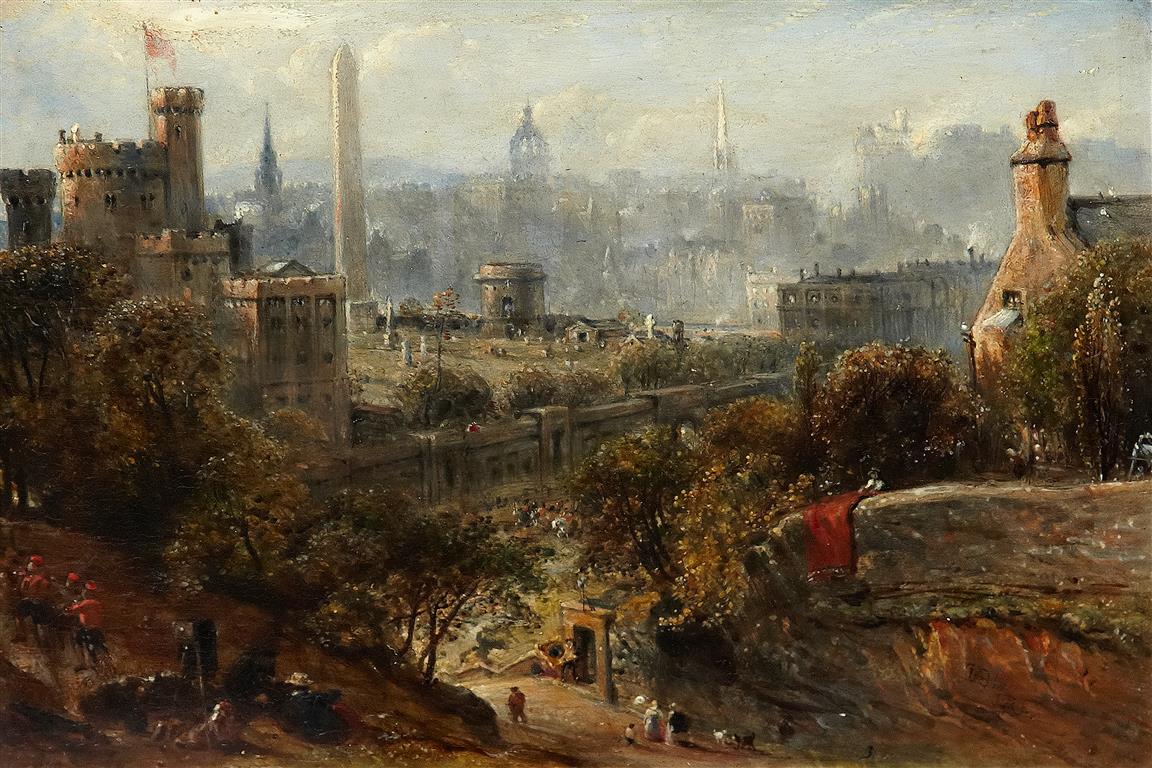
[David Octavius Hill, In Memoriam: The Calton, 1862 (City Art Centre, Edinburgh Museums and Galleries)]
And although Rock House doesn’t directly appear in the photos, most of the portraits were taken there, in the photographers’ studio. It is even very likely that this portrait of David Hill was taken in front of the house.
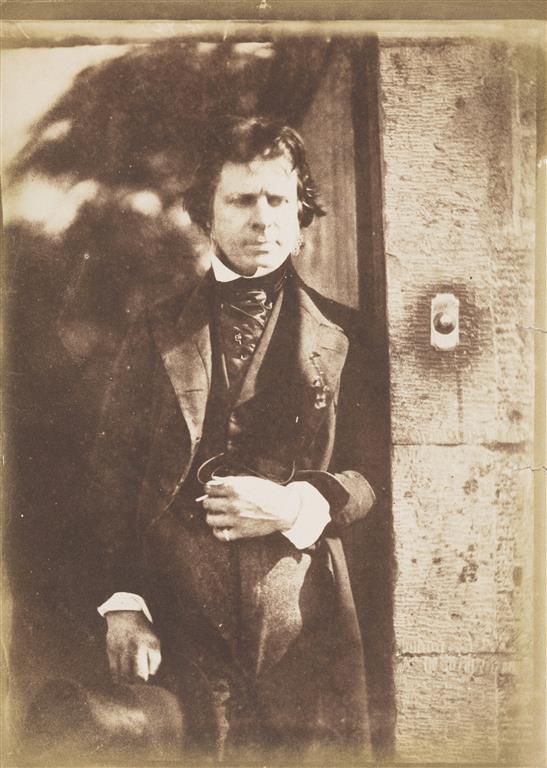
[David Octavius Hill and Robert Adamson, David Octavius Hill, 1802 – 1870. Artist and pioneer photographer, 1843 – 1847. National Galleries of Scotland]
If you want to read more about Hill and Adamson and their work, here’s a great article by the BBC who visited Rock House recently.
Stay in historical Rock House
We are honoured to be letting Edinburgh’s best house: the incredible Rock House on Calton Hill where Adamson and Hill worked and lived in 1843-1847. Rock house has been refurbished recently, but to such a high standard that the history of the place hasn’t been compromised – so whilst having all the modern amenities you could wish for you can still clearly sense the past and what an important part Rock House once played in the history of photography.

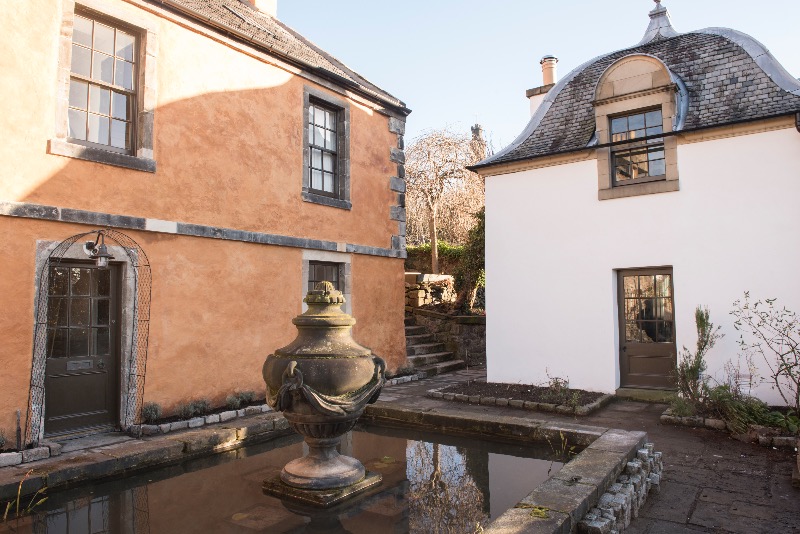
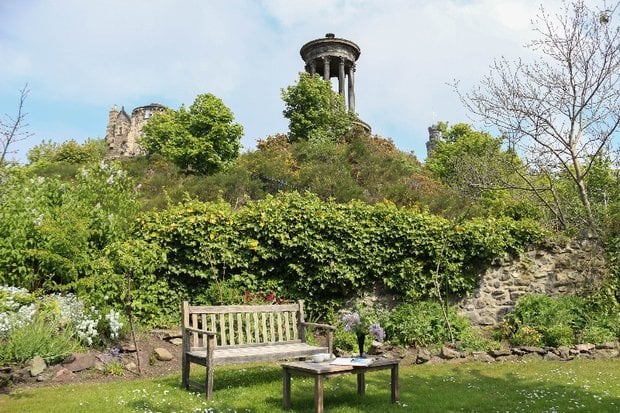
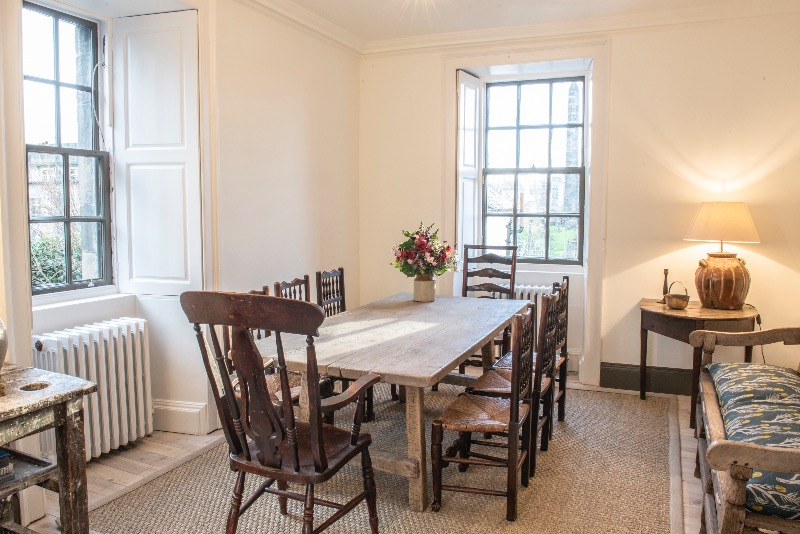
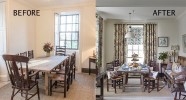
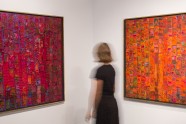



Leave a Comment